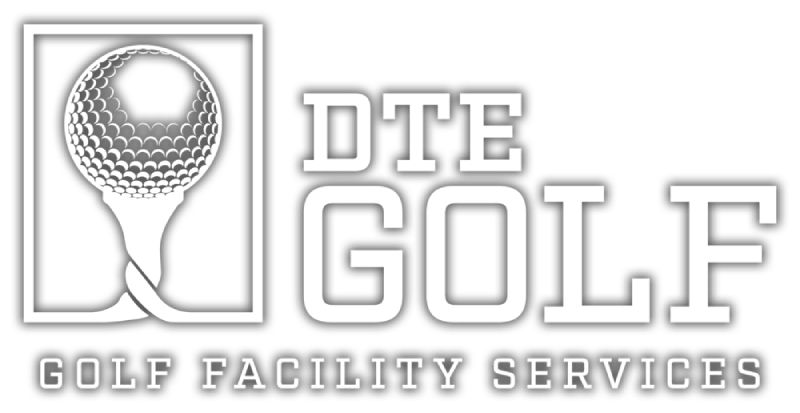Transitioning from Summer to Fall: Essential Golf Course Maintenance Tasks
When it comes to essential golf course maintenance tasks during the transition from summer to fall, you can begin with aeration and overseeding, effective fertilization and nutrient management, as well as gradually adjusting mowing heights, are important aspects. Additionally, making adjustments to irrigation schedules, removing leaves, implementing disease prevention measures, carrying out effective equipment maintenance, and ensuring proper tree and landscape care are also crucial during this period.
As the vibrant hues of summer slowly give way to the crisp and colorful canvas of fall, golf course managers and groundskeepers embark on a crucial period of transition. This seasonal shift from the warm months to the cooler ones requires a meticulous approach to golf course maintenance. The changing climate and its impact on course conditions necessitate a series of essential tasks to ensure the continued health, playability, and beauty of the course.
Let's delve into the key considerations and maintenance tasks that facilitate a seamless transition from summer to fall on the golf course.
Aeration and Overseeding
Early fall is an ideal time for aeration and overseeding. Core aeration involves removing small plugs of soil from the greens, fairways, and tees. This process helps alleviate soil compaction, improve drainage, and promote the circulation of air, nutrients, and water to the grassroots. Overseeding, which involves sowing grass seed over existing turf, helps fill in thin or damaged areas and introduces new grass varieties that thrive in cooler weather.
Fertilization and Nutrient Management
Adjusting the fertilization program is crucial during the transition period. Fertilizers with a balanced ratio of nitrogen, phosphorus, and potassium are recommended to promote healthy root growth and support winter hardiness. A soil test can provide valuable insights into nutrient deficiencies, allowing course managers to tailor their fertilization plans accordingly.
Pest and Weed Management
As temperatures cool, turfgrass pests and weeds become less active. Fall is an opportune time to assess the presence of pests and implement targeted control measures. Similarly, addressing weeds before they go dormant helps prevent their spread and establishment in the following growing season.
Mowing Heights
Gradually adjusting mowing heights for the cooler season is crucial. Lower mowing heights can stress turfgrass during the fall months. A gradual transition to slightly higher mowing heights allows the grass to store more energy and maintain its health through the winter.
Irrigation Management
As the frequency and intensity of heat diminish, adjustments to irrigation schedules are necessary. It's important to monitor soil moisture levels and weather conditions to ensure that the course receives adequate water without overwatering.
Leaf Removal
The beauty of fall foliage comes with the responsibility of leaf removal. Leaves left on the turf can smother the grass, block sunlight, and promote disease development. Regular removal of fallen leaves ensures the turf remains healthy and vibrant.
Disease Prevention
Cooler temperatures and increased moisture levels during the fall create conditions favorable for disease development. Implementing preventive measures, such as fungicide applications and cultural practices that encourage airflow and sunlight penetration, can help mitigate disease risks.
Equipment Maintenance
Fall is an excellent time for equipment maintenance and repair. As the golf season winds down, equipment can be thoroughly inspected, cleaned, and serviced to ensure optimal performance in the following season.
Tree and Landscape Care
Fall is also a suitable time to assess the health of trees and other landscape elements on the golf course. Pruning dead or overhanging branches, addressing soil compaction around trees, and applying mulch to root zones can support the overall health and appearance of the landscape.
Communication with Golfers
Clear communication with golfers is paramount during the transition period. Informing players about ongoing maintenance activities, such as aeration or temporary greens, helps manage expectations and enhances their experience on the course.
Environmental Considerations
Taking an environmentally responsible approach to fall maintenance is essential. Using eco-friendly products, minimizing chemical inputs, and promoting sustainable water management practices contribute to the course's overall ecological health.
Thus, transitioning from summer to fall on a golf course involves a meticulous blend of science, art, and timing. The essential maintenance tasks mentioned above collectively contribute to the course's health, playability, and aesthetic appeal during the cooler months. By addressing aeration, overseeding, fertilization, pest management, irrigation, and more, golf course managers ensure a smooth transition that sets the stage for optimal performance in the coming season. A comprehensive and proactive approach to fall maintenance not only enhances the golfing experience but also reflects the commitment to creating a vibrant and thriving course year-round.
Relying on DTE Golf® for golf course maintenance programs ensures expertise and tailored strategies throughout the changing seasons. With our comprehensive approach, your course will receive the right care from a team dedicated to enhancing playability and aesthetics year-round.

